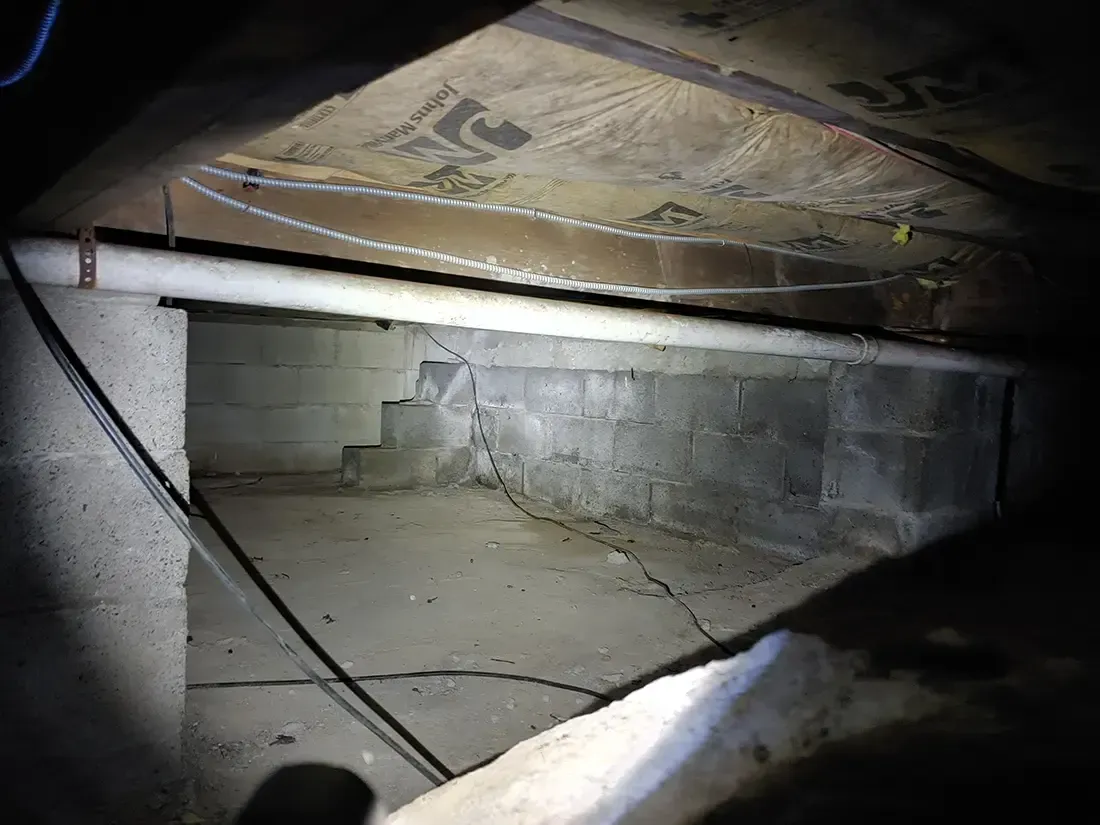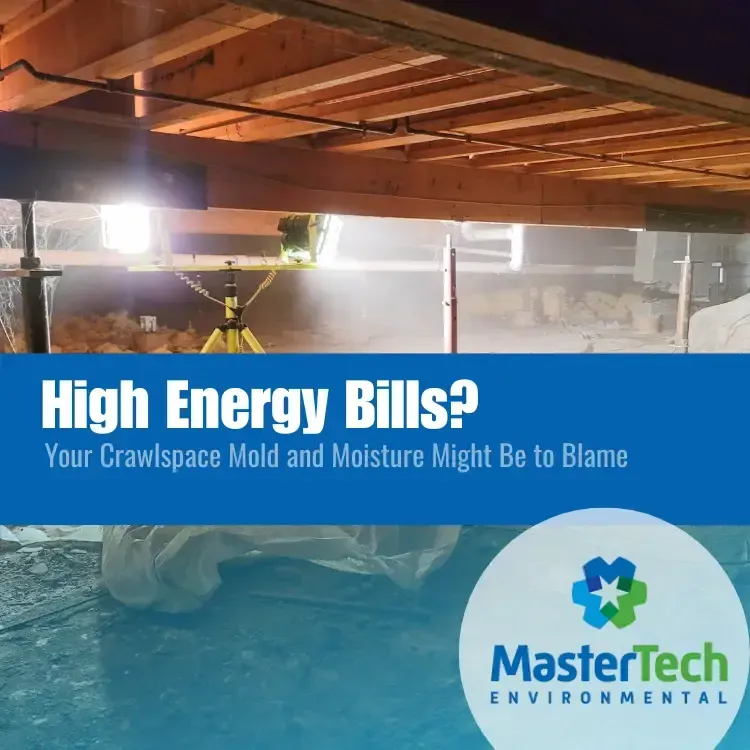The Hidden Threat Beneath Your Home: How Poorly Constructed Crawl Spaces Lead to Mold in Myrtle Beach

Living in Myrtle Beach offers a unique blend of sunny shorelines, warm breezes, and a laid-back coastal lifestyle. Whether you’ve just moved here or your family has called the Grand Strand home for generations, you know that the climate can be both a blessing and a curse. The high humidity that helps the region’s lush landscapes thrive can also wreak havoc on homes—particularly in areas that often go unnoticed, like your crawl space. Many residents here share a common concern: How can you protect your home’s foundation, and by extension, your family’s well-being, in such a moist environment?
A significant part of the problem lies in crawl spaces that aren’t built (or maintained) to handle Myrtle Beach’s persistent humidity and frequent rainfall. These poorly constructed crawl spaces become a breeding ground for mold, which damages property and poses potential health risks. The best way to protect yourself is through diligent inspection, ensuring you catch early warning signs before mold takes hold and compromises the safety of your home.
Understanding the Prevalence of Crawl Spaces in Myrtle Beach
Crawl spaces are common throughout Myrtle Beach, mainly due to the water table and regional building practices. Many homeowners prefer this style over a full basement, thanks to generally lower costs and simpler construction. Yet, despite their popularity, crawl spaces can become problematic when they’re not equipped to handle the region’s humidity. If you’ve ever noticed a damp or musty smell in your home—especially after a long stretch of humid days—it may be coming from the crawl space right beneath your feet.
Notably, the prevalence of crawl spaces in this coastal area amplifies the likelihood of mold issues. The problem isn’t just that crawl spaces are everywhere; it’s that so many of them lack the precise elements needed to keep moisture under control.
How Poorly Constructed Crawl Spaces Harbor Mold
While having a crawl space is not inherently problematic, the trouble starts when it isn’t built to withstand Myrtle Beach’s unique climate. Poor construction details—such as inadequate ventilation, missing vapor barriers, and improper drainage—often invite moisture to accumulate, encouraging mold growth. Understanding these factors is key to grasping why inspection is so critical.
Inadequate Ventilation
Insufficient or poorly placed vents are among the most common pitfalls in crawl space construction. While venting is meant to allow airflow, in a high-humidity climate like Myrtle Beach, vents can bring in moist air rather than expel it. Over time, this warm, damp air condenses on cool surfaces inside the crawl space, creating a perfect environment for mold.
· Example: Imagine a home near the Intracoastal Waterway with vents located at ground level. During the summer, steamy air pours in daily. Because the crawl space is cooler, that humidity condenses on wood framing and insulation, sparking the early stages of mold growth.
· Evidence & Detail: Reviews on Environmental Health suggest that when crawl space humidity remains above 70%, mold spores can grow on surfaces within 24 to 48 hours, underscoring why proper ventilation is crucial.
It’s worth noting that ventilation issues often pair with the absence of a crucial barrier against moisture.
Missing or Ineffective Vapor Barrier
A vapor barrier is a layer—often plastic or foil—that lines the ground and walls of a crawl space to block moisture from seeping upward. This barrier is missing or poorly installed in many older or hastily built homes.
· Why It Matters: Myrtle Beach’s water table is relatively high, so the ground under your home can be perpetually damp. That ground moisture migrates into the crawl space without a proper vapor barrier, contributing to the overall humidity.
· Example: Consider a property in Socastee with an older foundation. The homeowner notices damp insulation and a musty odor each spring. An inspection reveals that the crawl space lacks a sealed vapor barrier, allowing warm soil moisture to rise unabated.
· Prevention Strategies: If the homeowner had regularly scheduled inspections, a professional could have spotted this missing vapor barrier early, preventing mold infestations and costly structural repairs.
As we move from the ground up, the next piece of the puzzle addresses external water sources and how they’re managed around your crawl space.
Insufficient Drainage & Grading
Even when the air circulation and vapor barrier are correctly handled, water accumulating around the foundation can sabotage your crawl space. In Myrtle Beach, heavy rainstorms and high groundwater can overwhelm homes that don’t have adequate drainage systems. Poor grading around the property can also funnel water right against the foundation walls.
· Consequence of Poor Design: Standing water or persistently wet soil near your foundation raises humidity levels in the crawl space. This lingering moisture provides all the conditions mold needs to thrive.
· Example: Imagine a homeowner in the Market Common district whose property slopes slightly inward. After every storm, puddles form near the foundation. Over time, water seeps below the structure, saturating the crawl space and allowing mold to flourish on wooden joists.
Proper drainage and grading complement the other elements—ventilation and vapor barriers—to keep moisture levels in check. Skimp on any one of these, and you risk mold growth.
Why Regular Inspection is Key
Each of these construction shortcomings—ventilation, vapor barriers, and drainage—works in tandem to create an ideal environment for mold when not adequately addressed. What starts as a subtle musty smell can escalate into visible mold patches on floor joists, insulation, or even the living areas above.
This is why inspection is the cornerstone of preventing mold in Myrtle Beach crawl spaces. Regularly checking these components allows you to catch small issues before they grow into large-scale problems. You maintain a healthier home environment for your family and protect your property from the hidden threat of mold thriving beneath your floors.
Myrtle Beach’s coastal charm comes with a humid climate that demands attention to a home’s crawl space—particularly if it’s poorly constructed or lacks essential protections. From insufficient ventilation to missing vapor barriers and inadequate drainage, each shortcoming invites moisture and mold. Staying vigilant through inspections is your best defense, helping you ensure the hidden areas of your home remain dry, sturdy, and safe.
By understanding how poorly constructed crawl spaces lead to mold, you’re one step closer to safeguarding your home and loved ones from the potentially costly and hazardous effects of unchecked moisture. In Myrtle Beach, where the humidity can be relentless, consistent crawl space care is truly a necessity—and it all begins with knowing what to look for and why it matters.



